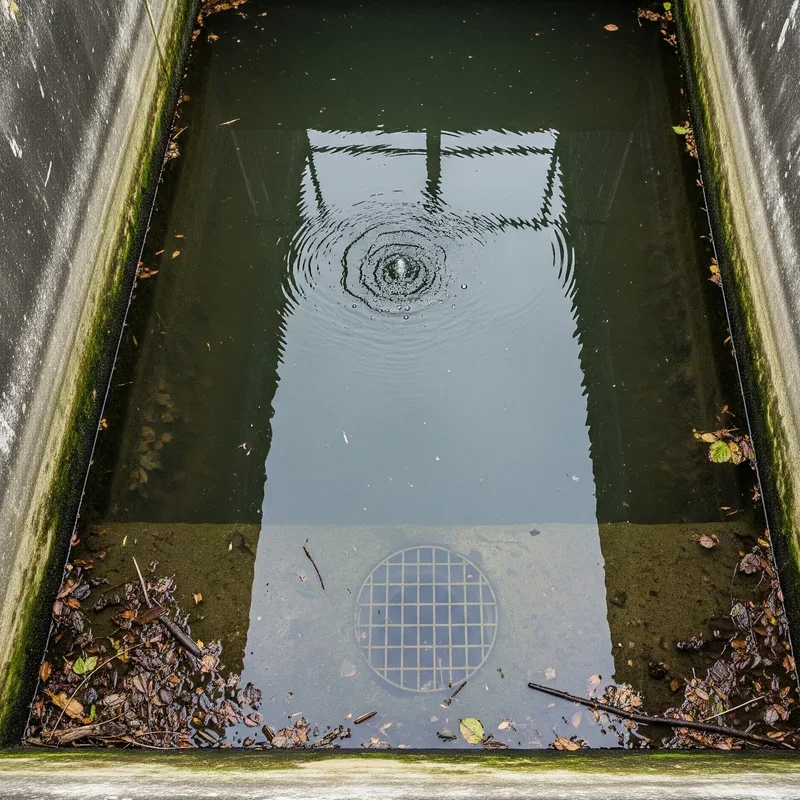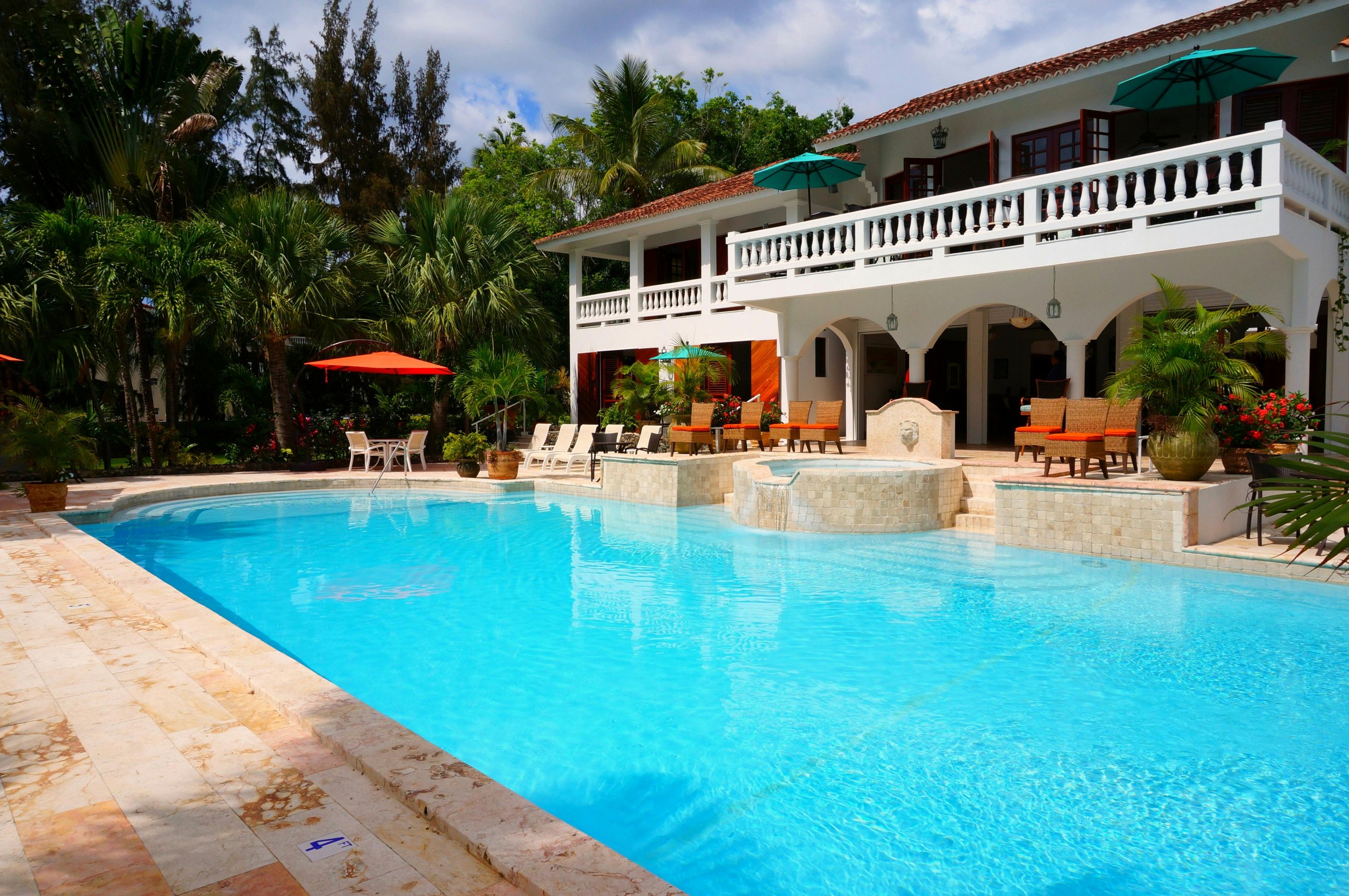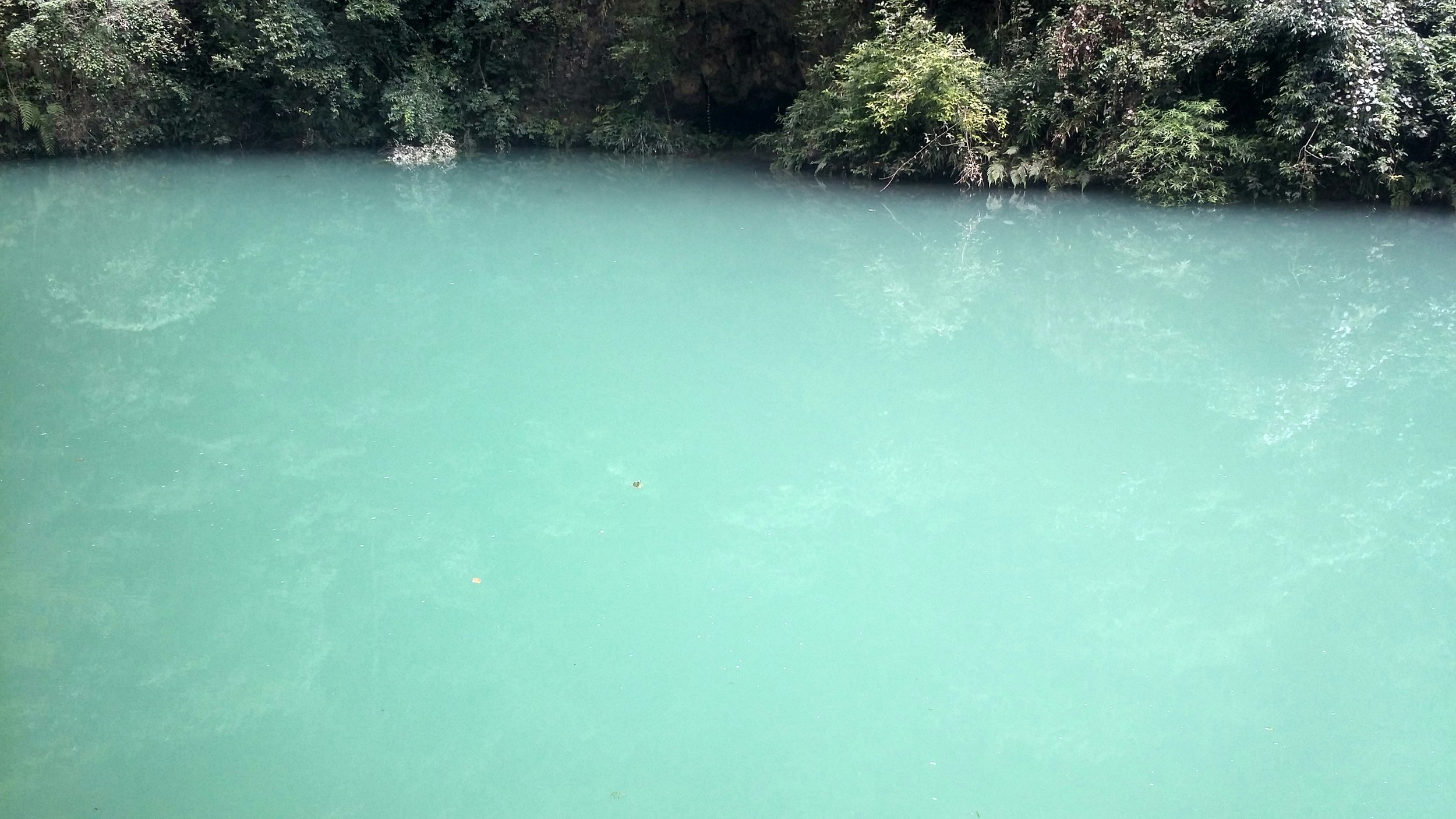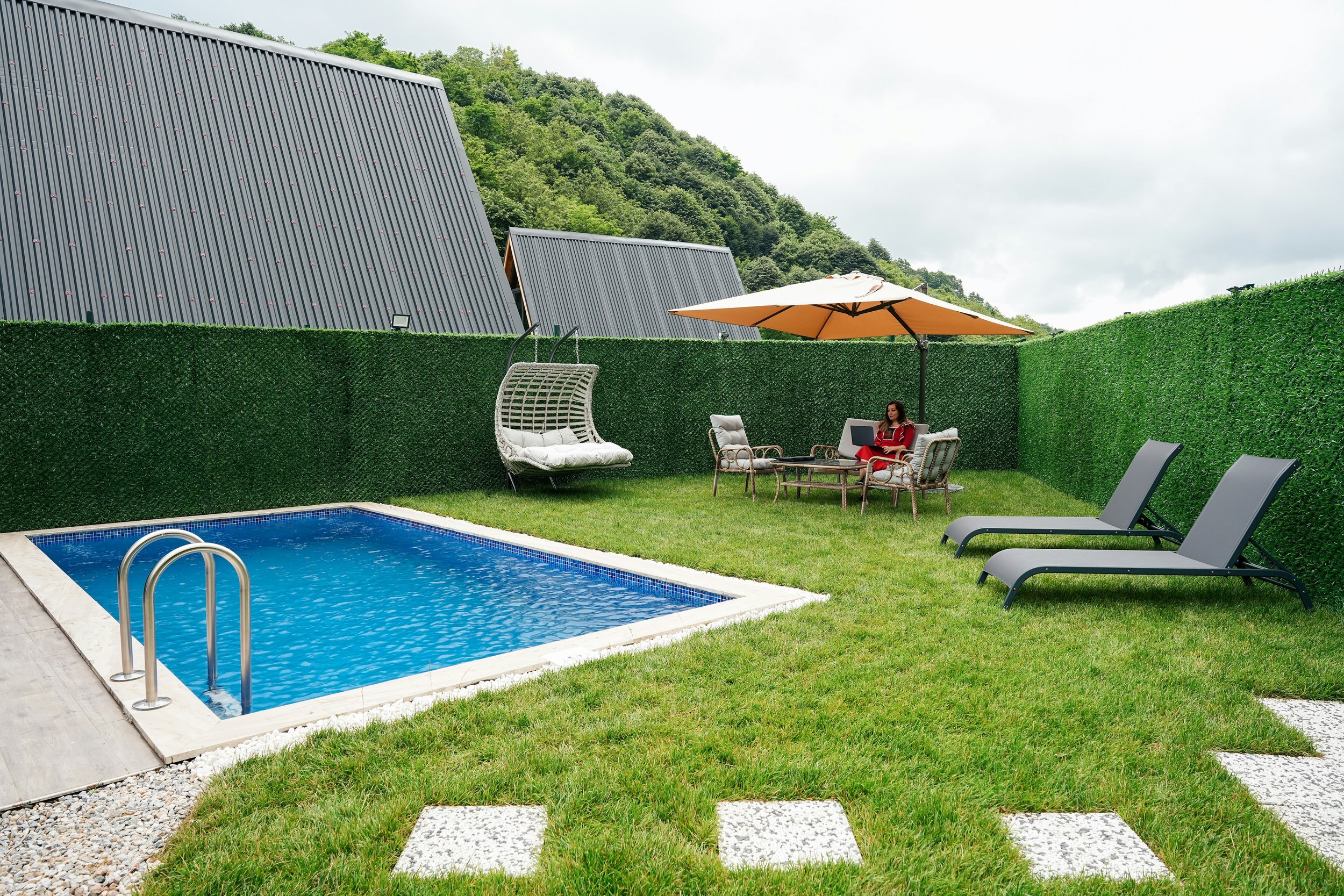How to Drain a Pool Properly for Cleaning or Repair
Learn how to drain a pool properly for cleaning or repair with expert tips, safety guidelines, and step-by-step instructions for success.
Well, here's the thing about pool maintenance: sooner or later, you're gonna have to bite the bullet and drain that big blue beauty in your backyard. Whether you're dealing with stubborn algae that just won't quit, mysterious water chemistry that's gone haywire, or cracks that need some serious TLC, knowing how to drain a pool properly for cleaning or repair isn't just helpful; it's absolutely essential.
Now, before you grab a hose and start going to town, pump the brakes! Draining a pool isn't as simple as pulling the plug in your bathtub. Nope, there's actually quite a bit of science and safety involved here. Done wrong, you could end up with a popped pool (yikes!), flooding your neighbor's yard, or worse yet, facing hefty fines from local authorities who don't take kindly to folks dumping thousands of gallons of chemically treated water willy-nilly.
Understanding When You Actually Need to Drain Your Pool
Let's face it, draining your pool is a pain in the neck, so you don't want to do it unless you absolutely have to. But sometimes, there's just no getting around it.
Signs It's Time for a Complete Drain
You know that feeling when you look at your pool and something just seems... off? Here are the telltale signs that scream "drain me now!":
Your total dissolved solids (TDS) levels have gone through the roof (over 3000 ppm)
The cyanuric acid levels are so high that chlorine can't do its job anymore
You've got calcium buildup that looks like someone went crazy with white paint
There's structural damage that needs fixing yesterday
The water's turned into a science experiment gone wrong despite your best efforts
When to Hold Off on Draining
Believe it or not, draining your pool at the wrong time can cause more problems than it solves. If you've got a vinyl liner pool sitting on a high water table, draining it completely could make the liner float or wrinkle like a raisin. During scorching summer heat, empty plaster pools can crack faster than you can say "cannonball."
Pre-Drainage Preparation: Getting Your Ducks in a Row
Check Local Regulations First
Oh boy, this is where things get interesting! Every municipality has its own rules about pool drainage, and trust me, ignorance isn't bliss when it comes to environmental regulations. Some cities require you to:
Obtain a permit before draining
Neutralize chemicals before disposal
Direct water to specific drainage areas
Avoid draining during drought conditions
Give your local water authority a ring; they'll fill you in on the nitty-gritty details specific to your area.
Gather Your Equipment
Running around looking for equipment halfway through the job? Not fun. Here's what you'll need:
A submersible pump or pool pump with waste setting
Discharge hose (the longer, the better)
Water test kit
Chemical neutralizers if required
Sump pump for those last stubborn inches
Safety gear (because safety first, folks!)
How to Drain a Pool Properly for Cleaning or Repair: The Step-by-Step Process
Step 1: Test and Treat the Water
Before even thinking about drainage, you've got to make sure that water's safe to release. Test for:
Chlorine levels (should be below 0.1 ppm)
pH levels (aim for neutral, around 7.0)
Copper and other metals
Algaecides and other chemicals
If your chlorine's still high, letting the pool sit uncovered for a few days usually does the trick. Mother Nature's UV rays are pretty darn good at breaking down chlorine!
Step 2: Choose Your Drainage Method
Using the Pool's Main Pump
If your pool pump has a "waste" setting on the multiport valve, you're golden! This method's quick and efficient, though you'll need to keep an eye on things to prevent the pump from running dry.
Submersible Pump Method
Renting or buying a submersible pump gives you more control over the drainage speed. Plus, these bad boys can handle the last few inches of water that your main pump can't reach.
Gravity Drainage (If You're Lucky)
Got a pool that sits higher than your drainage area? Gravity's your friend! Though slower than pumping, it's energy-free and pretty foolproof.
Step 3: Direct the Water Properly
Here's where things get tricky. You can't just flood your neighbor's petunias and call it a day! Consider these drainage options:
Sanitary sewer cleanout: Often the preferred method if your city allows it
Storm drains: Sometimes acceptable, but check first
Your lawn: Great for small amounts, but can cause flooding with full pools
Retention areas: If you've got the space, letting water slowly percolate works
Step 4: Monitor the Drainage Process
Walking away from a draining pool is like leaving a pot on the stove; things can go south real quick! Keep checking:
Water flow rate and direction
Pump operation (listening for that dreaded dry-run sound)
Surrounding areas for unexpected flooding
Pool structure for any signs of stress
Special Considerations for Different Pool Types
Concrete and Gunite Pools
These tough cookies can handle being empty, but timing's everything. Avoid draining during extreme temperatures, and never leave them empty for more than a week. The plaster can dry out and crack, turning your smooth pool into something resembling the Grand Canyon.
Vinyl Liner Pools
Talk about high maintenance! Vinyl liners are like that friend who needs constant reassurance. Drain these slowly and only partially if possible. Full drainage risks:
Liner shrinkage
Groundwater floating the liner
Wrinkles that'll drive you nuts later
Fiberglass Pools
Fiberglass pools and complete drainage go together like oil and water. These lightweight shells can literally pop out of the ground if groundwater pressure builds up underneath. Always consult a professional before attempting full drainage.
Post-Drainage: Making the Most of an Empty Pool
Inspection Time
With your pool empty, playing detective becomes much easier. Look for:
Cracks in the plaster or shell
Loose tiles or coping
Worn areas around returns and drains
Stains that were hiding under all that water
Cleaning Procedures
Breaking out the pressure washer feels pretty satisfying when you see years of buildup disappearing! But hold your horses; not all surfaces can handle high pressure. Use:
Pressure washer for concrete (keep it under 3000 PSI)
Soft brushes and mild acid wash for plaster
Gentle cleaners for vinyl
Specialized products for fiberglass
Repair Work
Found some issues? Now's your chance to fix them! Whether you're patching cracks, replacing tiles, or resurfacing the whole shebang, an empty pool makes everything accessible.
Refilling: The Final Stretch
Pre-Fill Checklist
Before turning on that hose:
Ensure all repairs have properly cured
Clean out any debris from cleaning
Check that all equipment is properly connected
Install new gaskets and o-rings if needed
The Refilling Process
Filling a pool too fast can cause problems, especially with vinyl liners. Start slow, checking for:
Even water distribution
No bubbles under vinyl liners
Proper drainage around the pool
Equipment functioning as water levels rise
Chemical Balancing
Fresh water needs proper chemistry from the get-go. Start with:
Alkalinity adjustment (80-120 ppm)
pH balancing (7.2-7.8)
Calcium hardness (200-400 ppm)
Sanitizer addition
Cyanuric acid for outdoor pools
Common Mistakes to Avoid
Draining Too Fast
Speed isn't your friend here. Rapid drainage can cause structural problems, especially if there's groundwater pressure.
Ignoring Weather Conditions
Draining before a rainstorm? That's asking for trouble! Empty pools can float, and rain can complicate your cleaning or repair plans.
Forgetting About Groundwater
High water tables are sneaky troublemakers. They can cause pools to crack, pop, or float when empty.
Improper Chemical Disposal
Dumping pool water with high chemical levels isn't just wrong; it's often illegal and harmful to the environment.
Safety Considerations
Working around an empty pool presents unique hazards:
Falls into empty pools can be fatal
Chemical exposure during cleaning
Electrical hazards from pumps and equipment
Structural collapse risks
Heat exhaustion during summer work
Always have someone nearby when working, use proper protective equipment, and never work alone in an empty pool.
Professional vs. DIY: Making the Right Choice
Sometimes, calling in the cavalry makes sense. Consider professional help when:
You're dealing with structural repairs
Local regulations are complex
You've got a fiberglass or vinyl pool
Groundwater issues are present
You're just not comfortable with the process
Sure, pros cost more upfront, but they've got insurance, experience, and the right equipment to handle surprises.
Maintenance Tips to Reduce Drainage Frequency
Want to avoid this whole ordeal as long as possible? Smart thinking! Regular maintenance can extend the time between complete drains:
Keep chemistry balanced year-round
Use enzyme treatments to reduce organic buildup
Regularly clean filters and skimmers
Address stains and scaling promptly
Perform partial water replacements annually
Conclusion
Learning how to drain a pool properly for cleaning or repair might seem overwhelming at first, but with careful planning and attention to detail, it's totally doable. Remember, rushing through the process or cutting corners usually leads to bigger headaches down the road. Take your time, follow local regulations, and don't hesitate to call professionals when things get complicated. Your pool's a significant investment, and treating it right during drainage ensures many more summers of swimming enjoyment ahead!
Read next: 15 Small Backyard Pool Ideas for Relaxing Retreats
Frequently Asked Questions
Q1: How often should I completely drain my pool?
A: Every 3-7 years, depending on water chemistry and maintenance habits.
Q2: Can I drain my pool in winter?
A: Yes, but avoid freezing temperatures that could damage exposed plumbing.
Q3: How long does draining a typical pool take?
A: Usually 8-14 hours for an average residential pool using standard pumps.
Q4: Will draining harm my pool equipment?
A: Not if you properly winterize and protect equipment from running dry.
Q5: What's the cost of professional pool draining?
A: Typically ranges from $200-$500, depending on pool size and location.
























